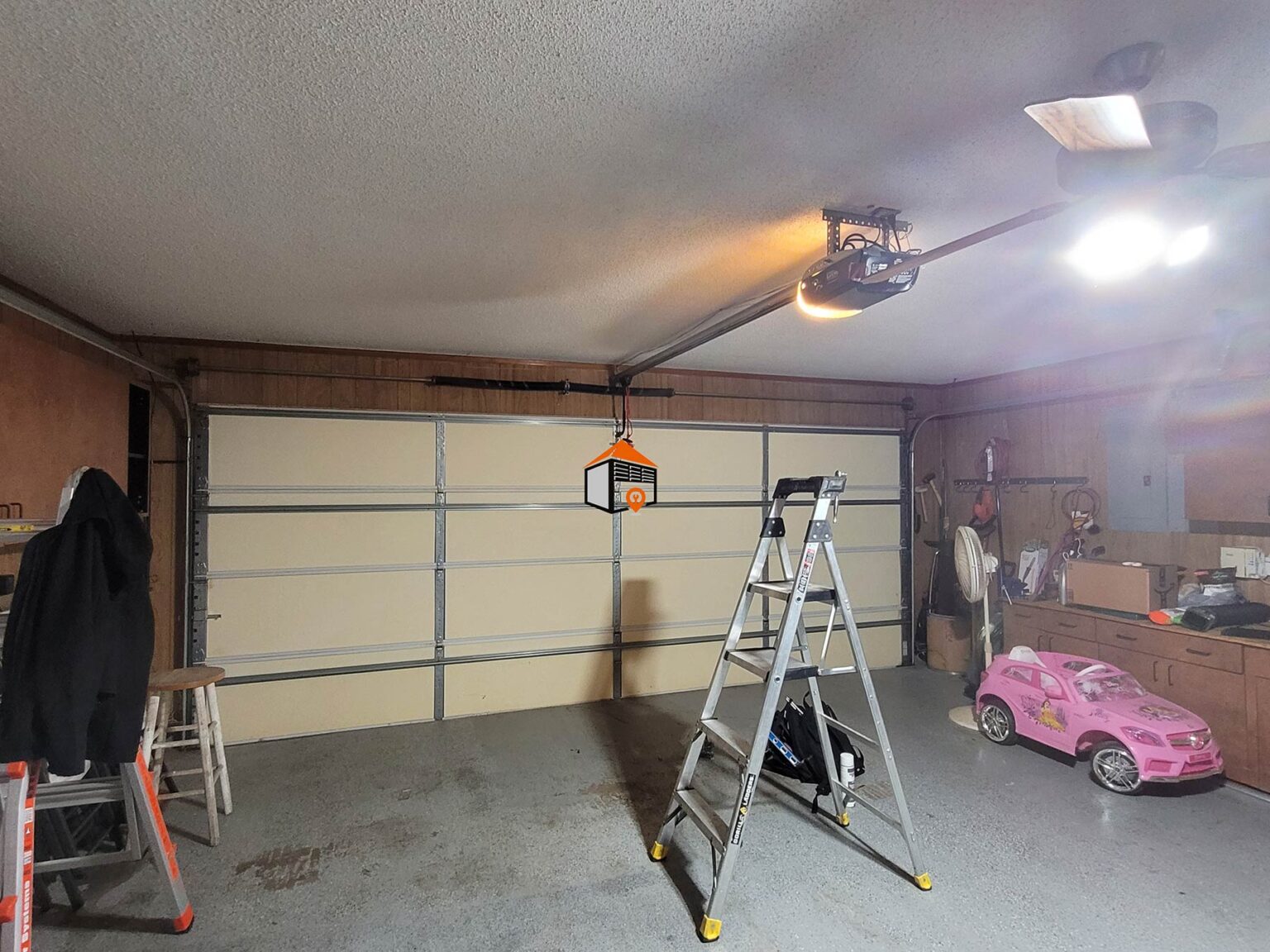Differences in One-Piece Garage Door Mechanisms
My one-piece garage door has a roller on the top left and right-hand corners of the door with a track to roll back. My neighbor’s one-piece door does not. Why?
There are two different ways that a one-piece garage door will open. The first and more common type is designed for a standard amount of headroom, allowing the top of the garage door to arc when it opens. The other type is crafted for low headroom. You can determine this by looking for two rollers—one on the top left and one on the top right—and a short piece of garage door track that moves straight back. This design enables the one-piece door to open straight back without arcing into the garage, making it suitable for low headroom situations or where obstacles may exist.
Hinge System Variations
The difference in how a one-piece garage door opens lies in the hinge system on the left and right sides of the door. If you observe the hinges during operation, you’ll grasp the mechanics involved. Importantly, keep in mind that a one-piece garage door will deduct approximately 6 inches from the height of your door opening. For larger vehicles, such as trucks or SUVs, this limitation could prevent them from fitting into the garage.
Considering Sectional Garage Doors
If your one-piece door leaves you with inadequate vertical space, it might be time to consider converting to a sectional roll-up garage door. Unlike one-piece doors that open outward, sectional doors raise and tuck into the garage, ultimately providing more room for taller vehicles or boats.
The Role of Low Headroom Hardware
Garage door companies may use a low headroom style hinge system for a one-piece door when there is insufficient space for an opener. This solution aids in the garage door opener’s functionality while taking full advantage of the limited headroom. Given that many people utilize their garage spaces for storage, opting for a low headroom garage door can improve access to overhead storage.
Routine Maintenance for Longevity
No matter the hinge system on your one-piece garage door, regular inspections are crucial—aim to check it at least once or twice a year. Look for signs of deterioration in the hinges, such as wear on bearings or bending. A door that feels loose may indicate that the hinges are wearing out, causing it to shake side to side when raised.
Lubrication: Best Practices
Always lubricate the hinges at least once a year—ideally twice—to extend their lifespan. Don’t forget to lube the pivot points of the moving parts on the hinges as well. For low headroom one-piece doors, remember to tend to the two rollers on the top left and right corners of the door and the tracks they slide into. Avoid using heavy grease; it tends to collect dirt and dust, creating a mess without effectively improving functionality compared to a quality spray lubricant.
By understanding these details about one-piece garage doors and adhering to proper maintenance, you can ensure the longevity and functionality of your garage door system.
